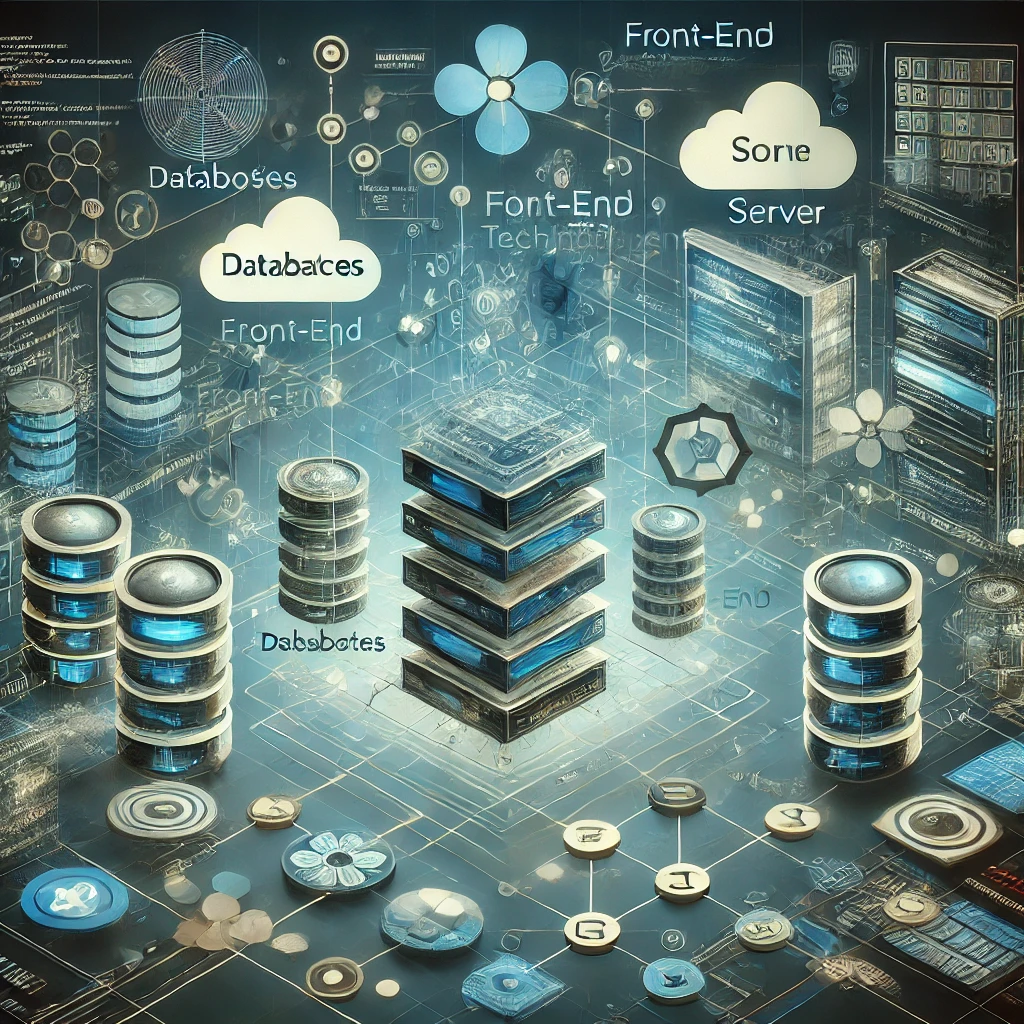The digital landscape is continuously evolving, with Augmented Reality (AR) and Virtual Reality (VR) at the forefront of this evolution. These technologies are no longer confined to the realms of gaming and entertainment but are increasingly being integrated into web experiences. This integration is transforming how users interact with web content, offering immersive and interactive environments that were once thought impossible. In this article, we explore the significance of integrating AR/VR into web experiences, the benefits it brings, and the challenges developers face.
The Rise of AR/VR in Web Experiences
AR and VR technologies have seen exponential growth in recent years, thanks to advancements in hardware and software. With the advent of WebAR and WebVR, developers can now create AR and VR experiences directly within web browsers, making these technologies more accessible to a broader audience. This shift towards browser-based AR/VR experiences eliminates the need for users to download specialized apps, thereby reducing barriers to entry and enabling instant access to immersive content.
Benefits of Integrating AR/VR into Web Experiences
Integrating AR and VR into web experiences offers numerous benefits, both from a user engagement and a business perspective. For users, AR/VR provides a more interactive and engaging way to explore products, services, and content online. For instance, online retailers can use AR to allow customers to visualize how a product would look in their home before making a purchase, while educational websites can use VR to create immersive learning environments that enhance understanding and retention.
From a business standpoint, integrating AR/VR can lead to increased conversion rates, higher customer satisfaction, and a competitive edge in the market. These technologies can also provide valuable insights into user behavior and preferences, enabling businesses to tailor their offerings and marketing strategies more effectively.
Challenges of Integrating AR/VR into Web Experiences
Despite the clear benefits, integrating AR/VR into web experiences comes with its set of challenges. One of the main hurdles is the technical complexity involved in developing immersive web experiences. Developers need to have a deep understanding of both web development and AR/VR technologies, which can be a steep learning curve for many.
Moreover, creating seamless and accessible AR/VR experiences requires significant computational power and high-speed internet connections, which may not be available to all users. Ensuring compatibility across different devices and browsers is another challenge, as developers must account for varying levels of support for WebAR and WebVR standards.
Future Prospects
Looking ahead, the future of integrating AR/VR into web experiences seems promising. As technology continues to advance, we can expect to see more sophisticated and seamless AR/VR web experiences. The ongoing development of 5G technology is also likely to alleviate connectivity and bandwidth issues, making immersive web experiences more accessible to a wider audience.
Furthermore, the growing adoption of AR/VR in various sectors, including retail, education, healthcare, and real estate, suggests that these technologies will play an increasingly integral role in web development. As businesses and developers continue to explore the potential of AR/VR, we can anticipate a new era of web experiences that are more engaging, interactive, and immersive than ever before.
Conclusion
Integrating AR/VR into web experiences represents a significant shift in how we interact with digital content. By offering immersive and interactive environments, AR/VR technologies have the potential to revolutionize experiences, enhancing user engagement and opening up new opportunities for businesses. Despite the challenges, the benefits of integrating AR/VR into web experiences are undeniable, promising a future where the digital and physical worlds converge more seamlessly. As we move forward, embracing these technologies will be key to staying at the cutting edge of web development and digital innovation.




